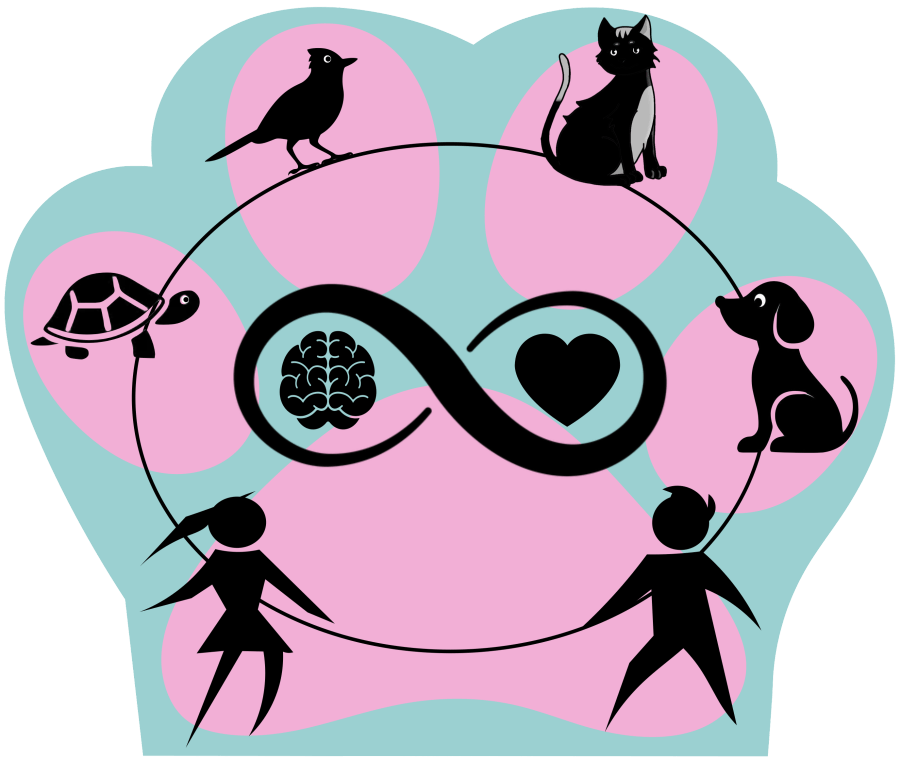
Your Child's Analytical Report
SEL In A New Lens
- Eye tracking correlation: In bedtime story, the child's eye gaze vs. the attraction movements on the screen is tracked. A higher correlation indicates higher ability to focus and lower chance of autism.
- Speed to focus: In story book, the time it takes the child to find the main subject on the screen. Less time indicates speed of processing the natural language and ability to focus.
- Audio summary: The picture we used is part of CAT-A standard card. You can listen to how your child responds to an open-ended theme without any directional intervention.
- Emotion recognition analysis: The score indicates a) how well the child recognize human emotions; b) the child's preference between objects and human facial expression and ability to recognize shapes; c) the child's preference between objects and human facial expression with complex background noise.
- We provided the median and range for neural-typical group in the same age for your reference. Any single out-of-range statistic doesn't mean neural-atypical. We recommend parents to reach out professionals for further diagnose if multiple out of-range categories show persistently.

